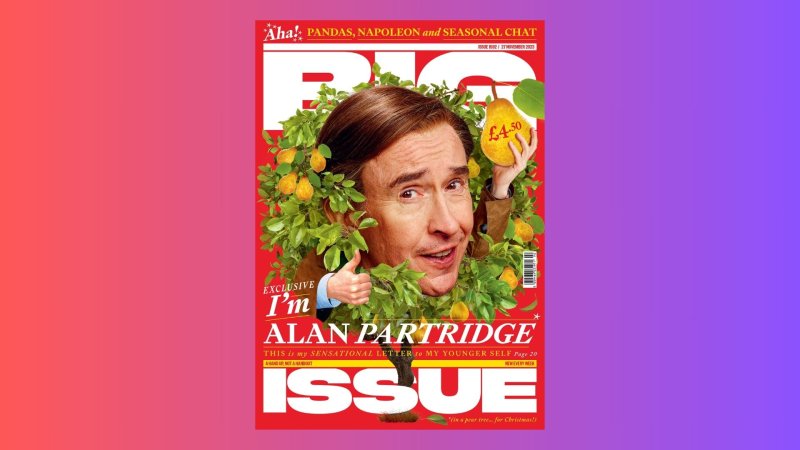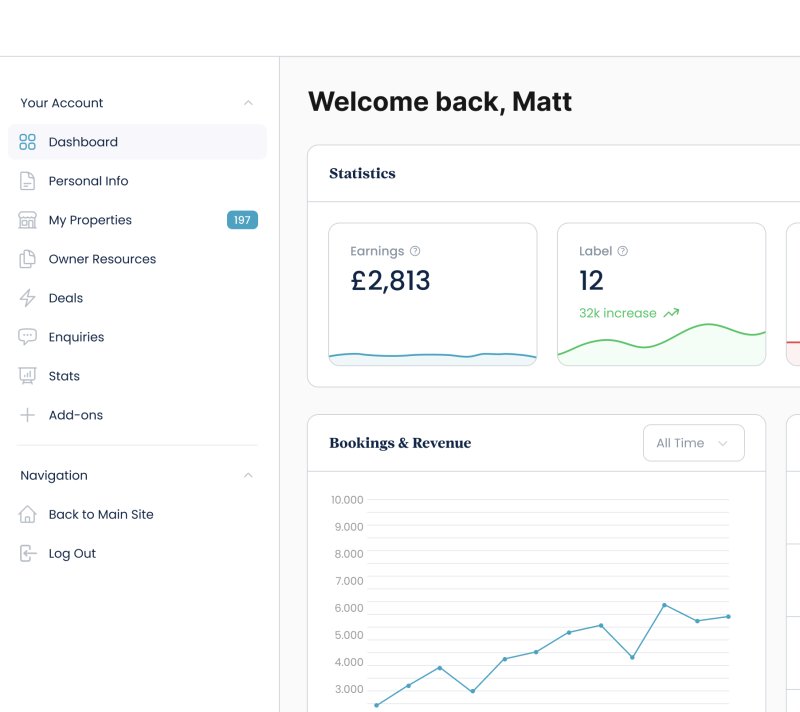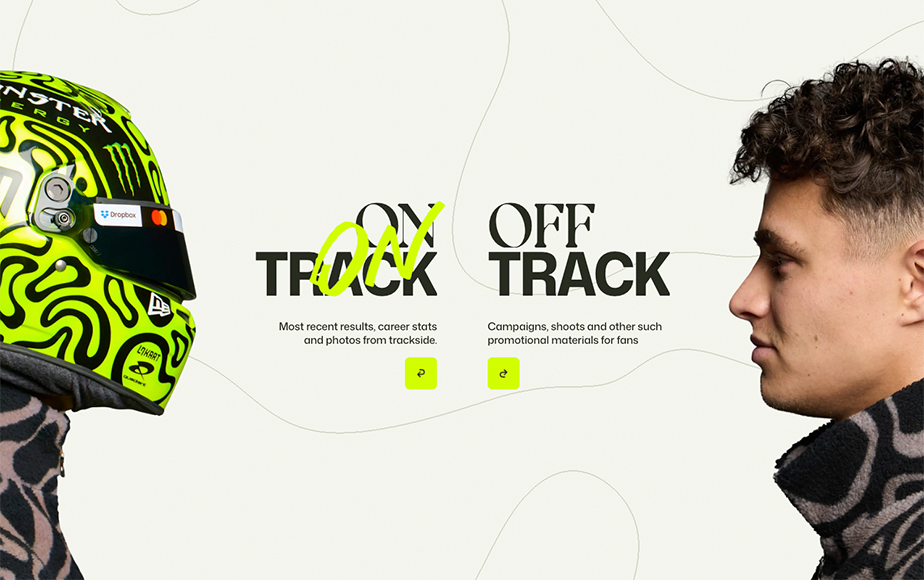Blogs /
UX versus SEO – Finding the Balance
Crafting an intuitive user experience while simultaneously optimising your website for search engines is a careful balancing act in the digital landscape.
UX or User Experience focuses on optimising website design and content for a user needs, whilst SEO or Search Engine Optimisation optimises web pages specifically for search engine algorithms and visibility.
In a nutshell, UX focuses on making things simpler for the human reader, whereas SEO is about making things simpler for the machine. These might sound like two competing aspects, and this is why it can be a challenge to find the right balance of having a high ranking website, which is also a delight to read and interact with.
We’ve highlighted the similarities and differences between UX and SEO, and how they can work in harmony together.
What is UX and why does it matter?
UX covers the user’s interaction with your business, your products, your team, and your services. Good user experience is almost invisible, and customer acquisition and retention will depend on the UX of your site, especially in the case of e-commerce products. An enjoyable user experience helps your website or company stand out in a competitive environment, and can significantly improve the engagement and conversion rates on a website.
What is SEO and why does it matter?
SEO in its simplest terms is a collection of techniques that help search engines such as Google, easily recognise web pages for relevant searches, rank your site highly in the results pages, and increase the quantity and quality of traffic that comes to your website through organic searches. Since 93% of online experiences start with a search engine, and 75% of users won’t click past the first page of results, SEO is crucial to helping people find your website.
In simple terms, both SEO and UX best practices are individually significant and strongly connected. SEO ensures you’re found. UX ensures your customers convert. It’s crucial to consider both elements when creating a successful website.
What are the conflicts?
This basic mismatch between user needs and search engine needs is at the core of most conflicts between UX and SEO disciplines. Tactics that improve SEO rankings, like over-optimisation, often worsen UX. Design choices that improve UX, like clean layouts, often overlook SEO. Finding the right balance point between human and machine priorities is the key challenge.
Its therefore important to find harmony on key features, some of which we’ve highlighted below:
Keyword Usage v Natural Language
This is one of the most contentious issues between UX and SEO. Generally keeping website content succinct offers a good user experience, however when the content is too short, search engines might have difficulty understanding and listing the site’s relevance to specific search queries.
Keyword stuffing tactics add specific terms throughout web pages for search engines to understand the content, but this can make the content become repetitive and unnatural for users to read.
Moderation and balance are essential so undertaking keyword research and understanding the type of language your target audience will use is vital. Keyword usage should be amplified and focused yet feel seamless within relevant high-quality content. The goal is to optimise for search without sacrificing the user experience to attract both high rankings and engaged visitors.
Page Speed v Feature Rich Interfaces
Complex designs with lots of graphics, animations, videos, and interactive elements can significantly slow down web page load times. Conversely, minimalist pages optimised for speed often lack the visual appeal and dynamic nature that keeps users engaged on a site. SEO rankings are influenced by factors like website depth and the presence of rich media and interactive elements, but too much will simply overwhelm users.
The solution is to find middle ground and developers are able to optimise images, eliminate unnecessary features, and keep code efficient so pages still load reasonably fast while offering an aesthetic and interactive experience.
Mobile Responsiveness v Mobile-First Indexing
Mobile accounts for more than half of the worldwide web traffic so embracing mobile-first and fully responsive design is crucial for both strong UX and SEO. Google, in particular, has prioritised mobile-first indexing, which means it primarily uses the mobile version of a website for ranking and indexing.
Users expect sites to work flawlessly on phones with fast load times and easily readable text, but this can create challenges for SEO. Mobile versions of websites may have reduced content or different URLs leading to disparities between desktop and mobile rankings.
Finding the right balance between a smooth mobile experience and maintaining SEO consistency across different platforms can be a tricky task. So prioritising the mobile experience at the outset lays the foundation for success across both UX and SEO disciplines.
Minimalist Navigation v Link Potential
Navigation design approaches like hamburger menus, hidden navigation, and starkly minimal interfaces can help declutter and focus the user experience. However, stripped back navigation also significantly limits internal linking opportunities within a website.
Minimalist navigation hinders the ability to signal a site’s architecture and important pages to search engines through internal linking structures. So whilst hidden navigation simplifies the interface, it can isolate pages from each other for SEO purposes.
Ideally, sites should balance simplified, focused navigation for usability with ample linking structures for discoverability. Strategic linking from content can connect related pages together and feel helpful for users rather than forced.
How to move forwards with balancing UX and SEO
We now focus on some best practices to harmonise UX and SEO. When creating a new website or even just one web page, it’s important to consider both UX and SEO together as interconnected elements of a successful online presence.
Positive Signals
Elements that improve UX increase how long visitors stay on your site and intuitive navigation enables users to easily find more content they’re interested in. Ultimately when users spend longer on your website, this indicates to search engines that they found it useful.
Content
Creating content that resonates with your audience whilst also optimising relevant keywords is an art but focus on using natural language and semantic search terms. This approach provides a better user experience, more valuable content, as well as making your site more discoverable.
Backlinks
When someone links to your site, in essence they are recommending it to their audience to learn more about a specific topic. Backlinks are like endorsements, the quality and quantity of websites linking to yours can significantly improve your rankings as search engines will determine the authoritativeness and relevancy of your website for search queries.
Page Speed
Users generally expect web pages to load in three seconds or less. Enhancing site performance improves user experience by giving visitors the content they want faster. Search engines also consider page speed when determining how to rank pages so increasing the speed at which your site loads helps both UX and SEO.
Mobile Friendliness
People spend 70% of their online time on mobile devices so prioritising your site as mobile friendly and ensuring a smooth user experience on all devices can also improve rankings.
Accessibility
Web accessibility is defined as the ability of people with disabilities to access, navigate across, understand, interact with and contribute content to a website. The overlap between UX and SEO is significant and it is essential to cater for both user abilities as well as the requirements of crawlers and screen readers. Some of the common critical SEO and accessibility issues include missing alt attributes/tags, duplicate title tags and meta descriptions, and broken links.
In Conclusion
UX and SEO do not have to conflict. Striking a balance between UX and SEO is an essential role in the modern digital landscape to achieve a higher level of online performance and audience satisfaction. Over the years, Google’s algorithm has been prioritising what is better for the user and that’s unlikely to change.













